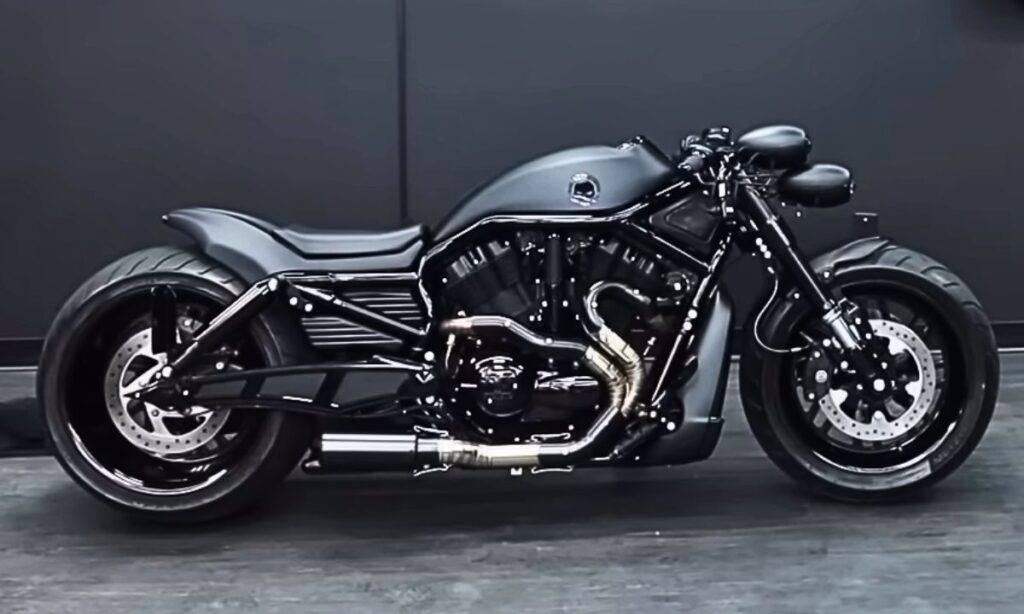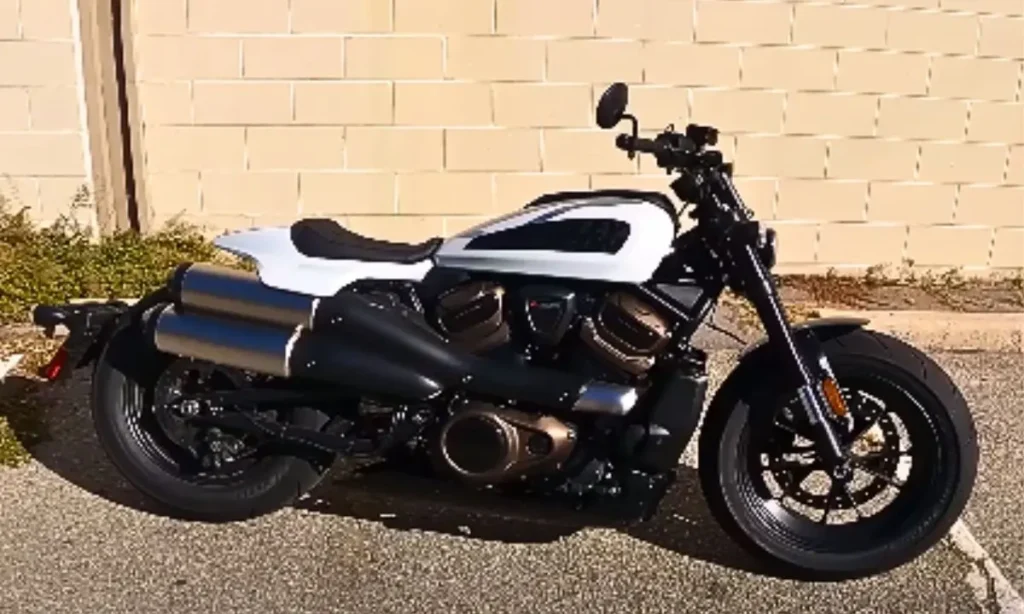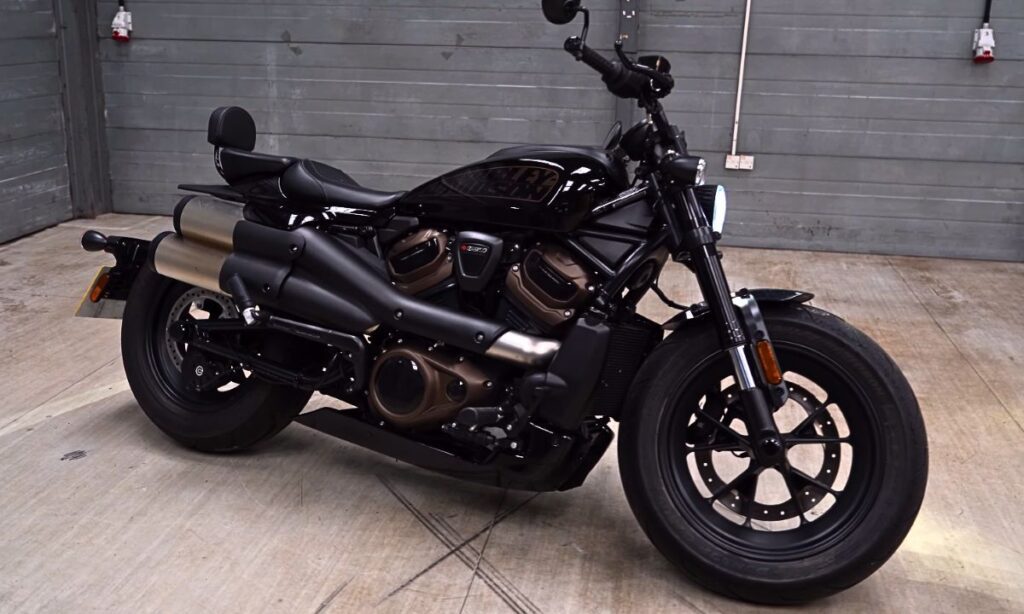Harley Davidson is a legendary figure in the motorcycle world, with a history spanning over a hundred years.
Every year, they make a certain number of motorcycles, and looking at these numbers can tell us a lot about how the company has changed over time.
Let’s dive into the yearly production figures of Harley Davidson and see what patterns we can find in their production timeline.
Harley Davidson Overview

Harley-Davidson is a renowned American motorcycle company. It was created in 1903 in Milwaukee, Wisconsin.
The company has a rich history and is famous for its iconic heavyweight motorcycles designed for cruising on highways.
Harley-Davidson motorcycles are recognized for their distinctive design and exhaust notes. Over the years, they have gained a loyal following worldwide.
Despite facing competition, Harley-Davidson remains a dominant force in the motorcycle industry.
Harley Davidson Production Numbers By Year
Harley-Davidson, a renowned motorcycle manufacturer, has experienced significant fluctuations in production numbers over the years.
Here are the complete production numbers by year of Harley Davidson:
1. Initial Phase: 1903-1920
The initial phase of Harley Davidson from 1903 to 1920 marked its establishment and early growth.
In 1903, the first Harley Davidson motorcycle was produced in a small wooden shed, with the production number limited to just one.
By 1905, they had increased their production to eight motorcycles. The growth was rapid, and by 1920.
Harley Davidson had become the largest motorcycle manufacturer in the world, with dealers in 67 countries and a production of over 28,000 motorcycles.
This period of production was characterized by the introduction of their trademark V-twin engine, which became a defining feature of the Harley-Davidson brand.
2. Era of Economic Hardship: 1930
The 1930s were marked by significant economic hardship for Harley Davidson, coinciding with the Great Depression.
When economic problems hit the whole world, it was tough for the motorcycle business.
Harley Davidson sold fewer motorcycles because of this. Even though it was a hard time, Harley Davidson kept going, making new and better products.
The company’s production numbers reflected this downturn, with fewer motorcycles being manufactured compared to the relatively prosperous 1920s.
Despite these challenges, Harley Davidson managed to persist, focusing on innovation and product development to stay afloat during these hard times.
3. Conflict Period: 1940
During the conflict period of 1940, Harley Davidson’s production saw a drastic shift as the company became an important asset for the war effort.
With World War II underway, Harley Davidson focused its manufacturing power on supporting the Allied forces.
The wartime production led to the creation of the military-specific model, the WLA.
Despite the turmoil and uncertainty of the period, Harley-Davidson managed to produce a significant number of motorcycles, demonstrating a strong commitment to the war effort while underlining its robust manufacturing capabilities.
4. Post-Conflict Growth: 1950-1970
During the years following the conflict from 1950 to 1970, Harley-Davidson experienced significant growth in production numbers. This was because of national and international demand.
Motorcycles became more popular during this time, and Harley was at the forefront due to their good reputation and quality machines.
The company also introduced new models and made advancements in technology.
However, there was tough competition, especially from Japanese manufacturers. This pushed Harley-Davidson to adapt and improve continuously.
This period of growth helped Harley-Davidson position itself as a leading player in the global motorcycle industry.
5. Period of Advancement: 1980-1990
The decade from 1980 to 1990 was a period of significant advancement for Harley-Davidson.
During these years, the company introduced several groundbreaking models and made substantial improvements in the manufacturing process.
In 1984, Harley-Davidson regained its independence from AMF, leading to a renewed focus on quality control and customer satisfaction.
The company also pioneered the Softail design in this decade, which became immensely popular due to its classic hardtail look combined with modern comfort and handling.
This period saw a consistent rise in production numbers, reflecting the growing demand and popularity of Harley-Davidson motorcycles.
6. 21st Century Beginnings: 2000
As we entered the 21st century in 2000, Harley Davidson started off on a strong note. This was a period of significant growth and expansion for the company.
Notably, there was an impressive rise in the production numbers as the demand for motorcycles surged globally.
The iconic brand continued to enhance its reputation by consistently delivering high-quality, powerful bikes.
7. Modern Era and Future Outlook
While entering the Modern Era, Harley-Davidson witnessed significant changes in its production numbers.
Technological advancements improved the manufacturing process, resulting in increased efficiency and higher output.
The integration of advanced features in their motorcycles also attracted a wider consumer base, further boosting production numbers.
Looking ahead, Harley-Davidson’s future outlook is intriguing. With increasing interest in sustainable transportation methods, the company is expected to focus on the development and production of electric motorcycles.
These initiatives, coupled with their reputation for high-quality, iconic machines, put Harley-Davidson in a strong position for future growth.
Why Do Production Numbers Matter?
Production numbers matter significantly, especially for manufacturers like Harley-Davidson.
Primarily, they give a clear image of the company’s performance, indicating how well the products are received in the market.
Higher production numbers often signify strong demand, leading to greater profits. Conversely, lower numbers might suggest a need for product innovation or marketing strategies.
However, these figures help in planning for future production, managing resources, and forecasting market trends.
For Harleys, the numbers also track the popularity of specific models, influencing their collectability and resale value.
How much Harley Davidson sells?
Harley Davidson, an iconic American motorcycle brand, has had fluctuating sales over the years. According to their 2020 annual report, they shipped approximately 180,248 motorcycles globally.
Which is a decrease from their previous years due to various factors, including the global pandemic.
Factors That Influence The Production Numbers
Several factors influence the production numbers in any operation. Firstly, supply and demand play a large role.
If demand for a product increases, production usually increases to meet it.
Secondly, the availability of raw materials can significantly affect production numbers. If there’s a shortage of raw materials, production may decrease.
Thirdly, labour availability and skills are also crucial. Skilled labour can increase production efficiency and numbers, while labour shortage can lead to a decrease.
Lastly, technological advancements can boost production numbers by automating processes and increasing efficiency.


Talha Younas, the brains behind the influential motorcycle-focused website, TwoWheller.com, is a dedicated and passionate advocate for biking culture. Born and raised in a family of motorcycle enthusiasts, his love for two-wheeled transportation was ignited at an early age. His commitment to providing in-depth reviews and helpful tips for riders has established him as a respected figure in the motorcycle community.

